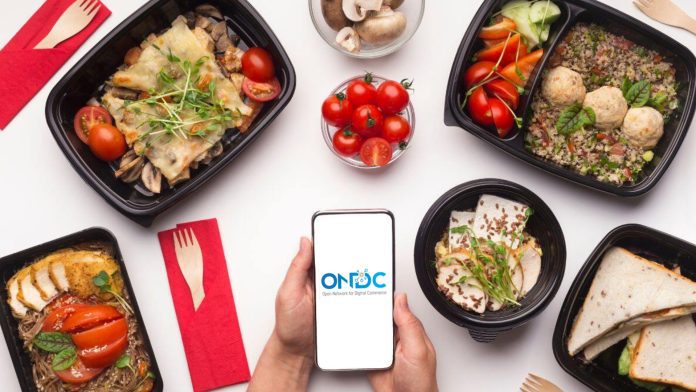The Open Network for Digital Commerce (ONDC) recently updated its incentive scheme for network participants, aiming to reduce reliance on discounts as a means of driving adoption. This revision has effectively addressed concerns regarding the network’s ability to break the duopoly held by Zomato and Swiggy. Although the reduced incentives have resulted in a significant decline in daily order values, dropping by approximately 64 percent to 9,000 from its peak, it marks a crucial step in establishing a more sustainable ecosystem.
Read More: ONDC sparks price war, threatens Zomato and Swiggy dominance in food delivery space
This comes after an increasing number of internet analysts have underscored the fact that the initial food delivery volumes on ONDC are unsustainable. Jefferies and Motilal Oswal Financial Services Ltd (MOFSL) have already expressed their skepticism, stating that ONDC is unlikely to disrupt the duopoly held by Zomato and Swiggy. Adding to these concerns, analysts at JM Financial have now flagged that in its current shape, ONDC does not pose a significant threat to any player’s business, especially in the absence of discounts.
Read More: Brokerage firm Motilal Oswal dismisses immediate threat to Zomato from ONDC
The revised incentives will take effect from June 1, 2023, superseding the program that was initially introduced on January 30, 2023. The ongoing phase of the program will continue until June 28, 2023.
As part of the upcoming modifications on ONDC, there are several noteworthy changes that might discourage buyers from using the platform. A prominent adjustment is the introduction of a minimum threshold, which mandates that orders will only be processed if they meet this specified requirement.
As per official communication between ONDC and network participants, there will be varying minimum cart values for different categories. Food and beverage orders will require a minimum cart value of INR 200, while for all other categories, including shipping charges, the minimum cart value is set at INR 300. These values are stated prior to any pricing intervention.
Additionally, under the revised policy, a buyer is now entitled to incentives for a maximum of five transactions per month. Previously, buyers could avail discounts on up to three orders per day, with a maximum limit of 30 orders in total.
Furthermore, the maximum incentives available will now be capped at INR 100 per order, reduced from the previous amount of around INR 125. It is important to note that when considering all prices and factors, the total discounts offered should not exceed 50 percent of the overall order value.
“ONDC first conceived the incentive programme when the network was clocking less than 100 orders a day. With the stimulus, the volume of orders increased to over 13,000 per day, after which the incentives were tweaked and the impact was observed,” ONDC’s communication stated.
The daily order volumes have experienced a significant decline, averaging at around 9,000 orders, which is a 64 percent decrease from the peak of 25,000 orders achieved earlier this month.
“Presently, ONDC is averaging over 9,000 orders a day proving that interoperable unbundled e-commerce is not just viable but can also continue momentum beyond the stimulus. Thus, given the current stage of growth, ONDC has decided to revamp the incentive programme,” the letter added.
Read More: How to use ONDC – The affordable food delivery app that’s creating waves against Swiggy and Zomato



